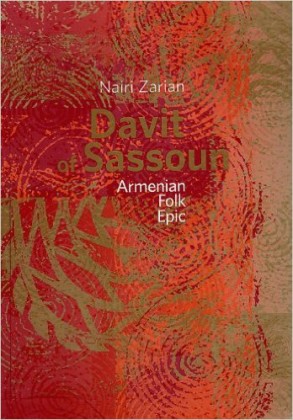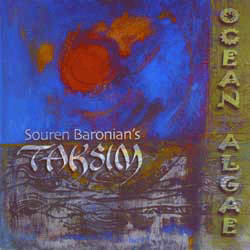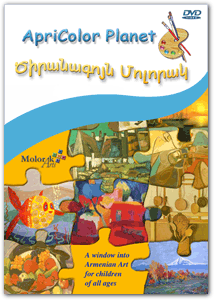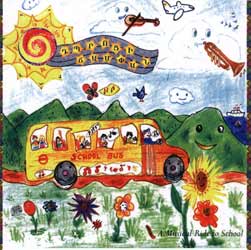TRAVELER – Armenia (Set)
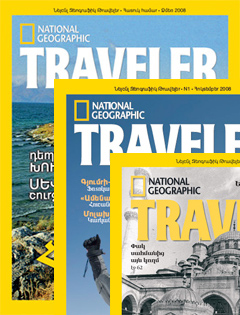
TRAVELER - ARMENIA has been conceived by late Ruben Mangasaryan, famous photojournalist in Armenia and abroad. His goal was to create an Armenian version of the worldwide known National Geographic, TRAVELER.
more→

